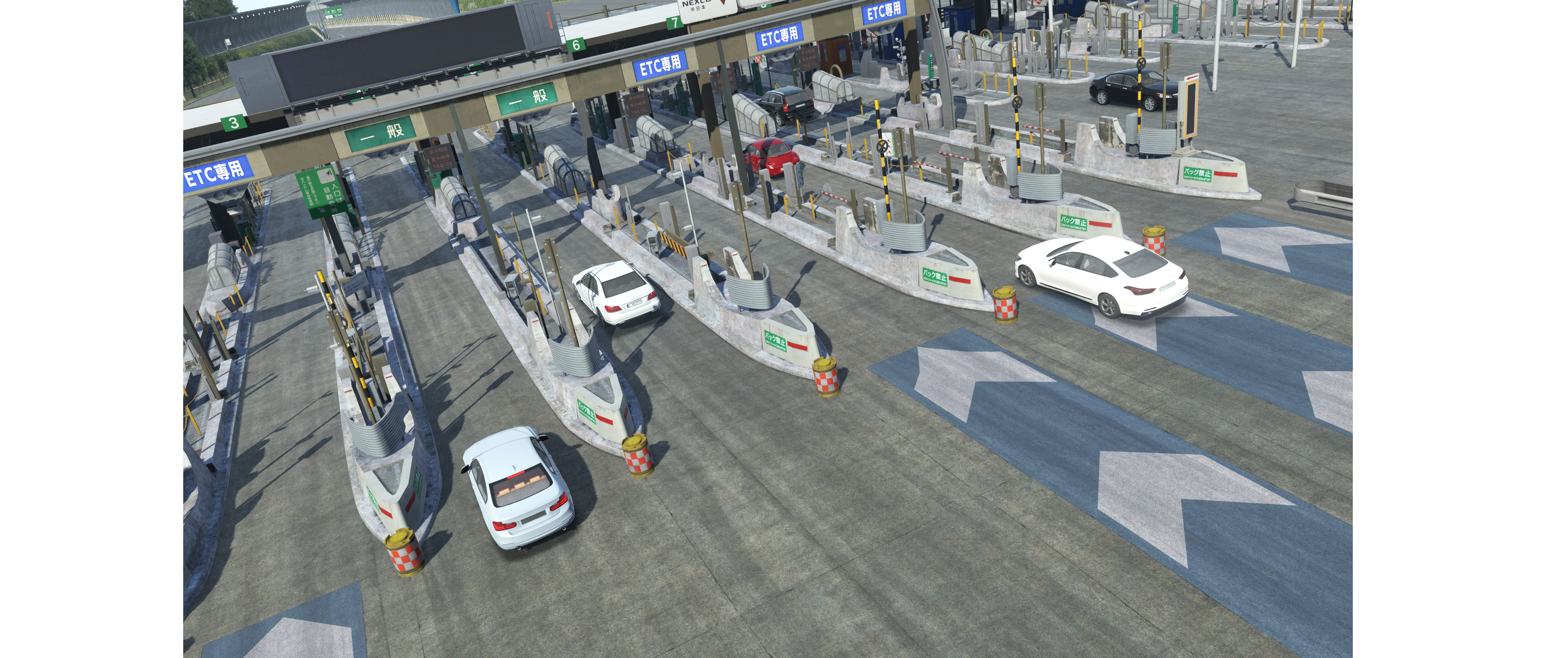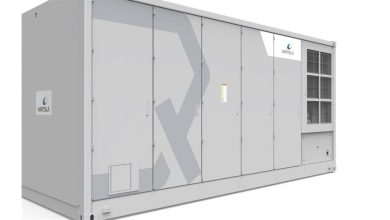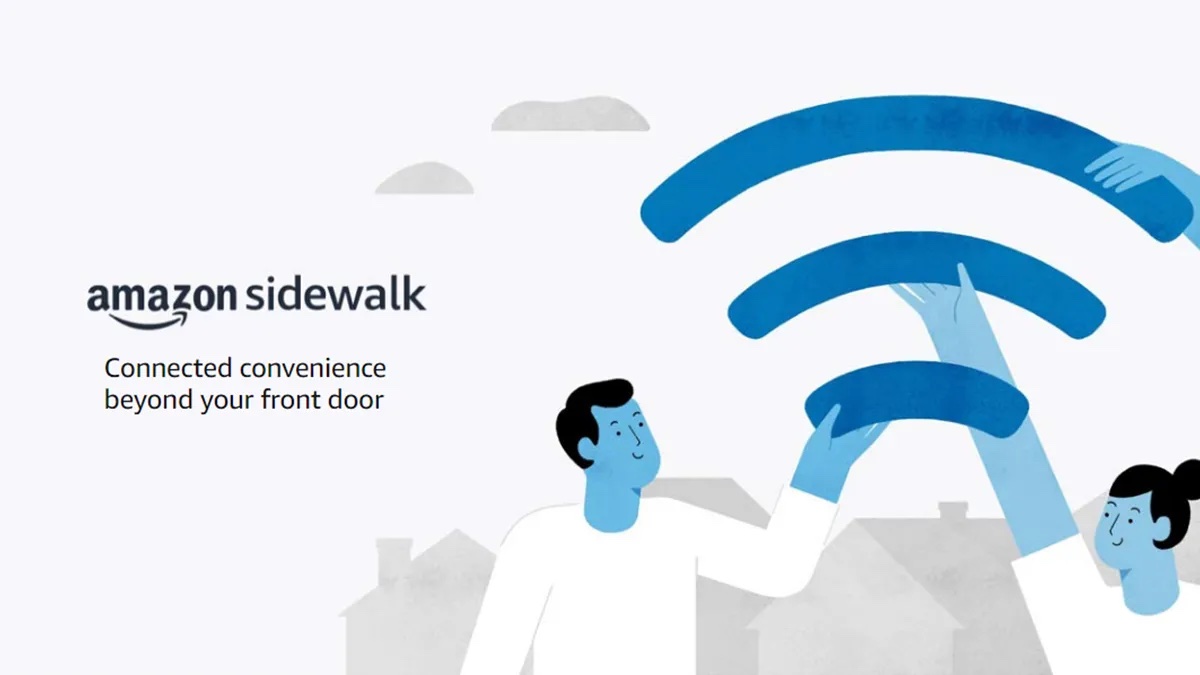rFpro creates digital twin of highway for powertrain calibration

Hampshire, UK, 14th December 2023… UK software specialist rFpro has been commissioned by a major OEM to create a digital twin of the Tōmei Expressway in Japan. The virtual model will largely be used for powertrain calibration. This includes optimizing driveability, efficiency, and WLTP assessment, as well as high-speed development.
“Powertrain calibration is often a compromise between optimising efficiency and driving dynamics,” said Matt Daley, Technical Director at rFpro. “This combination of objective and subjective targets makes driver inputs and assessment critical to the development programme. Using simulation and our Tōmei digital twin, a powertrain can be thoroughly assessed and developed. This occurs in a representative highway environment early in the development cycle.”
Thorough WLTP assessment evaluates a range of driving styles, types of routes and varying weather and traffic conditions. Conducting this type of testing in the real-world is time and cost-intensive and requires a prototype vehicle. Simulation provides a more efficient means of testing. Development can begin while the vehicle or powertrain is still model-based.
The digital twin’s long straights are particularly suitable for high-speed testing, in addition to powertrain development. This includes assessing the safety and stability of the vehicle. Additionally, it involves testing NVH and ADAS, as well as Automated Driving Systems (ADS) in a high-speed environment.
The digital twin has been developed using survey-grade LiDAR scan data. It creates a vehicle dynamics grade road surface that is accurate to within 1mm in height. This is key to accurately simulating the effects of every bump, drain cover and painted line.
The model features 45km of driveable road and three toll sections, including a complex 24-lane toll plaza. High, over-hanging walls at the roadside create an interesting challenge for ADS as they interrupt their continuous interaction with the sky. People often use this to support navigation. It also encompasses a series of connecting junctions and underground passes. This forms a continuous loop, which creates a more efficient test environment.
The digital twin is not only geometrically precise, but aesthetically realistic. rFpro’s specialist artists meticulously built each component. The Tōmei Expressway digital twin has the most road furniture per km in rFpro’s library. Furthermore, we have accurately recreated hundreds of road signs, markings, roadside objects, and buildings. They are fully configured for ground truth while maintaining computational efficiency.
“Our expert team of artists has the task of making the digital twin look as real as possible to optimize driver immersion.,” said Catherine Wood, rFpro’s Head of Content. “This realism helps to ensure that the driver acts naturally, making decisions and inputs representative of the real world. This is critical to WLTP assessments.”
The Tōmei Expressway is the latest addition to rFpro’s library of highway digital models. This library includes the Leonburg autobahn in Germany, Colchester Connecticut Road in the USA, and Tokyo’s Shuto Expressway in Japan.
The company’s other digital twins include public road routes, proving grounds and race circuits at more than 100 locations. Models in the extensive library empower the development of powertrains across a comprehensive range of real-world environments.. Moreover, this includes high-speed highways, inner city driving, and country roads.



